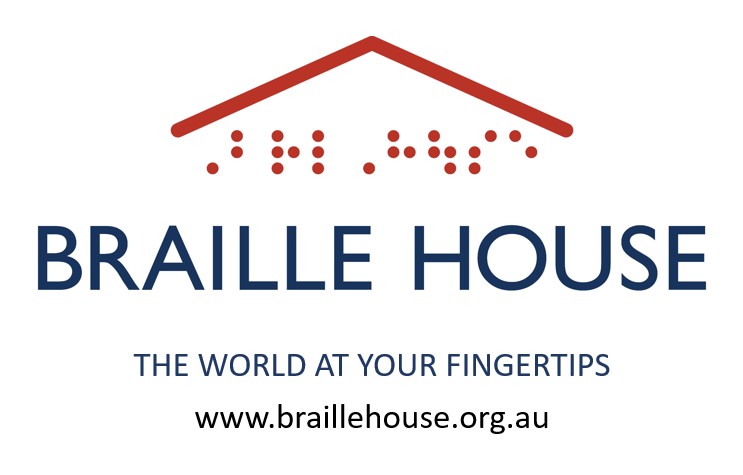What is braille?
Braille is the tool used by people around the world who are blind or have low vision to read and write.
The beginning
Quipu are recording devices fashioned from strings historically used by a number of cultures in South America. A quipu usually consisted of cotton fiber strings. The Inca people used them for collecting data and keeping records, monitoring tax obligations, collecting census records, calendrical information, and for military organisation.
It is also thought the the ancient Egyptians utilised a tactile method of communication by tying knots in string at various intervals that represented information.

The Paris Institute for Blind Youth
The Institute was the first school for blind children anywhere in the world. It was founded in 1786 by Valentin Haüy, a pioneer in the education of students who are blind. Haüy was born in 1745, and when he was in his twenties, he witnessed an incident where blind people were ridiculed and made fun. A clever and compassionate man, he became interested in education for those who were blind. He was particularly dedicated to developing a way to teach reading and writing. Through experimentation, Haüy developed a revolutionary process for embossing books—books that had raised bumps in the form of letters.
Charles Barbier
Charles Barbier was an artillery captain in the French Army who had devised a system for soldiers to communicate at night without a sound. His system combined 12 dots to represent sounds, and he called it sonography. It is also referred to as “night writing.” He believed his invention could be of great value to people who were blind or had low vision.
Barbier was also a teacher at the Paris Institute for the Blind Youth and worked with Louis Braille to develop the tactile code that is used today.
Louis Braille
Louis Braille was born on 4 January 1809 and died on 6 January 1852) was a French educator and inventor of a reading and writing system for use by people who are blind or vision impaired. His system remains virtually unchanged to this day, and is known worldwide simply as braille.
Braille was blinded at the age of three in one eye as a result of an accident with a stitching awl in his father’s harness making shop. Consequently, an infection set in and spread to both eyes, resulting in total blindness. At that time there were not many resources in place for the blind but nevertheless, he excelled in his education and received a scholarship to France’s Paris Institute for the Blind Youth. While still a student there, he began developing a system of tactile code that could allow blind people to read and write quickly and efficiently. Inspired by the system invented by Barbier, Braille constructed a new method that was more compact and lent itself to a range of uses, including music. He presented his work to his peers for the first time in 1824.
In adulthood, Louis Braille served as a professor at the Institute and had an avocation as a musician, but he largely spent the remainder of his life refining and extending his system. It went unused by most educators for many years after his death, but posterity has recognised braille as a revolutionary invention, and it has been adapted for use in languages worldwide.
Through the overwhelming insistence of the blind pupils, Braille’s system was finally adopted by the Institute in 1854, two years after his death
New variations in braille technology continue to grow, including such innovations as refreshable braille devices, braille computer terminals, RoboBraille email delivery service; and Nemeth Braille, a comprehensive system for mathematical and scientific notation. Almost two centuries after its invention, braille remains a system of powerful and enduring utility.
Braille’s childhood home in Coupvray in France is a listed historic building and houses the Louis Braille Museum. A large monument to him was erected in the town square which was itself renamed Braille Square. On the centenary of his death, his remains were moved to the Panthéon in Paris.
In a symbolic gesture, Braille’s hands were left in Coupvray, reverently buried near his home.
Louis Braille’s house in Coupvray , France, is now a museum. On the wall a plaque says that Louis Braille was born in the house and that he invented the system of writing in raised dots for the blind. It also says, “He opened the doors of knowledge to all those who cannot see.”


